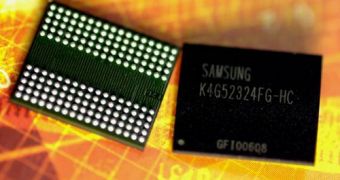The single-GPU graphics cards market has been progressing at a small pace during the last years, as the more and more intricate graphics chips are hard to design and manufacture. The advent of the dual-GPU solutions did nothing but take another approach at the existing problem, however they are more expensive and come with higher power requirements.
The most important obstacle in delivering higher performance on the single-GPU sector is the chips' development process, that takes time because of the increased number of transistors situated on the same silicon. If the transistor count is limited, the manufacturing process gets dramatically simplified, but it also pushes back the graphics chips' performance.
Another significant bottleneck resides in the currently existing graphics memory bandwidth. If manufacturers push the clock speeds of the memory chips, the memory bus gets automatically widened. For instance, both AMD and Nvidia conducted tests on 512-bit and 384-bit memory buses, but they decided to stick to the older 256-bit interface in order to trim costs down.
The GDDR3 memory supports clock speeds of between 2.0GHz and 2.2GHz, that can deliver about 140.8GB/s memory bandwidth rates for the 512-bit bus. However, these chips are extremely expensive and would reflect in the final price tag of a completely baked graphics card.
AMD's graphics chips can support the faster GRRD4 chips, but for Nvidia using GDDR4 is not an option, since its flagship 8 and 9 graphics cores cannot work with it. The only solution for Nvidia is to use pricey GDDR3 with a wider memory bus, or directly shift to the new GDDR5 memory, that can deliver frequencies of up to 6GHz.
No one of the top-tier graphics manufacturers claimed that they would use the new type of memory, that will arrive later this year from manufacturers such as Samsung, Hynix and Qimonda. However, it is alleged that the advent of the new technology will play a key role in the upcoming graphics products.

 14 DAY TRIAL //
14 DAY TRIAL //